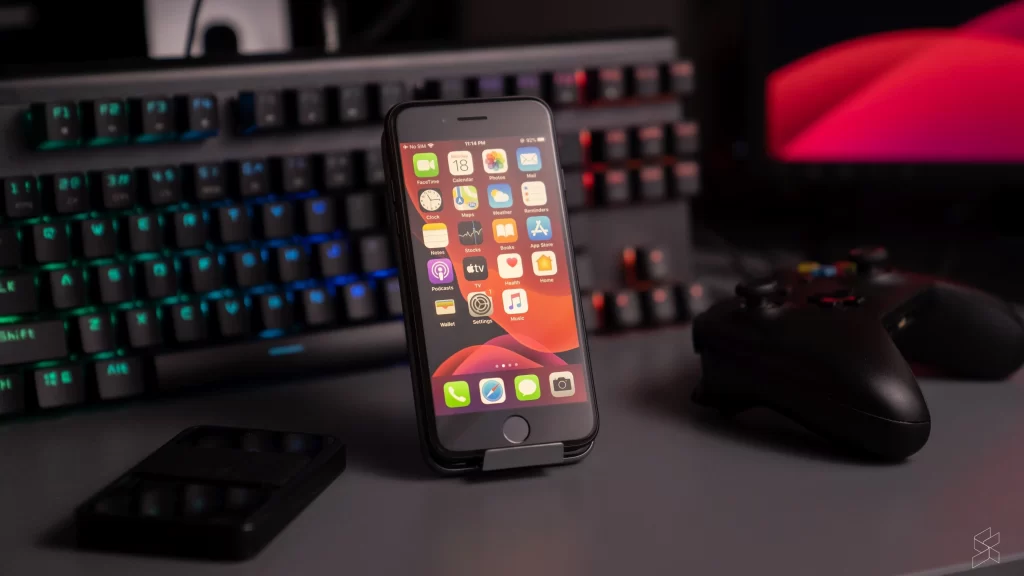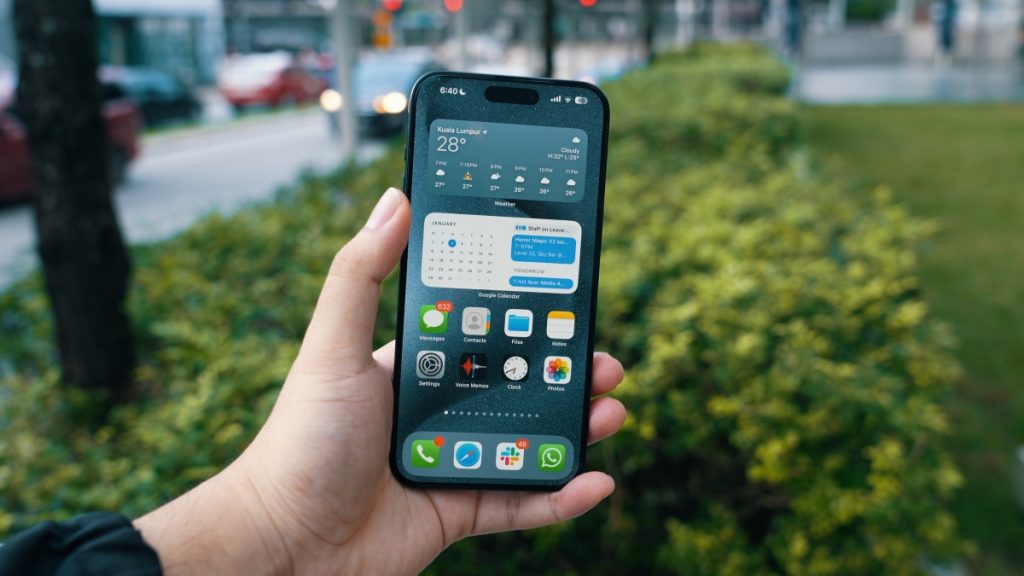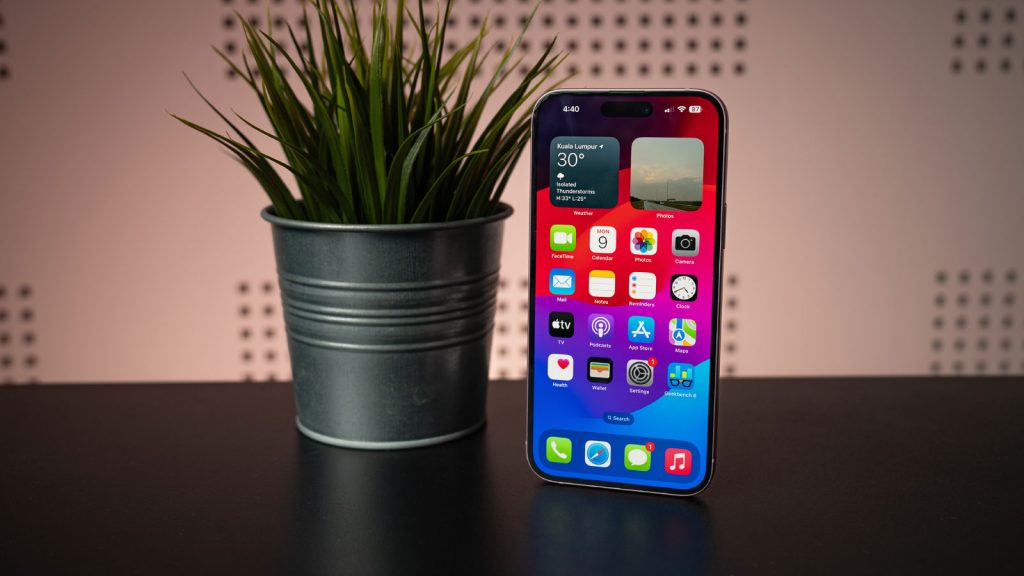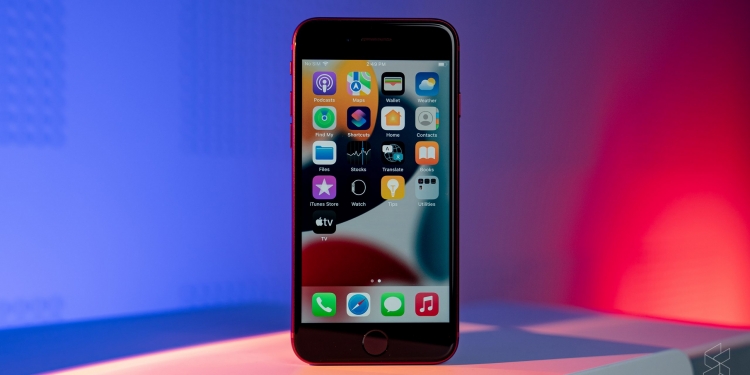There are reports suggesting that the iPhone SE 4 will feature an OLED display instead of an LCD, according to Nikkei Asia. The iPhone SE, currently in its third iteration, is the only and possibly the final iPhone fitted with an LCD display.
Apple to stop purchasing LCD panels from its Japanese suppliers

Apple sources its LCD panels from two Japanese suppliers for the iPhone SE – Japan Display (JDI) and Sharp. The two display-makers had a combined share of 70% in iPhone displays a decade ago when the entire iPhone lineup utilised LCD displays. In fact, JDI once relied on Apple for 60% of its revenue.
However, their businesses have shrunken to just supplying LCD panels for the iPhone SE today. This is due to Apple having transitioned to OLED technology with its premium-tier iPhones, starting with the iPhone X back in 2017.

Other sources also suggest that Apple has begun ordering OLED panels for the next-generation iPhone SE from two suppliers, namely BOE Technology Group from China and LG Display from Korea.
Currently, Apple sources its iPhone OLED displays from three suppliers. Samsung is its major supplier, providing approximately half of the OLED displays found in iPhones worldwide. LG Display on the other hand supplies about 30%, while BOE’s share is around 20%.
How are OLED panels better than LCDs?

With OLED technology being the prime choice for smartphone displays over LCD, what are the benefits of choosing the former over the latter? For starters, OLED displays are made up of individual pixels which can be turned off when needed, such as when displaying content with the colour black. This results in true blacks and high contrast ratios. LCDs on the other hand rely on a backlight. Therefore blacks displayed on this type of screen are usually dark grey instead.
Due to each pixel emitting its own light in OLED displays, content looks more vibrant and with more accurate colours too. This provides a broader colour gamut and more precise colour reproduction.
In scenarios where a large portion of the content displayed on the screen is dark or black, OLED displays can be more power efficient than LCDs as pixels can be turned off to save energy. However, they can consume more power when displaying bright content over a large area. OLED technology also allows for flexible, bendable, and even rollable displays. This makes it the prime choice for products such as foldable smartphones.








